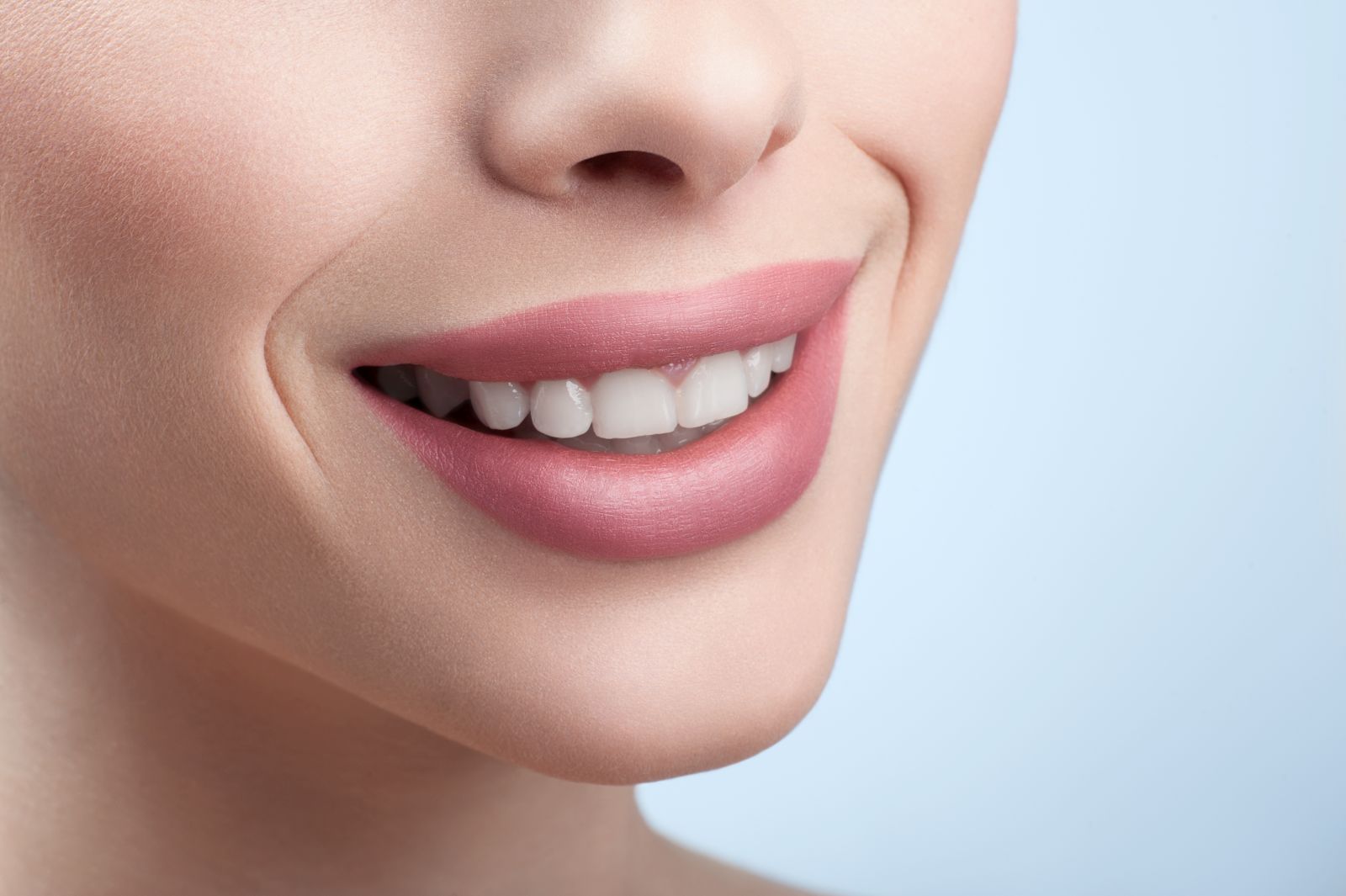We all want beautiful smiles as they are one of the many ways that we judge our own appearance, and a tool that others use to try to determine various things about us, so when your teeth don’t look the way you want, porcelain veneers can be a great way to bring about the smile you dream about.
Porcelain veneers are dental appliances that can be used to correct a number of dental issues and conditions. Some of the examples of things that porcelain veneers can be used to correct include chipped teeth, broken teeth, permanently discolored teeth, crooked teeth, gap teeth, misshapen teeth, and more. Veneers can be a fantastic option for many reasons.
Some of the benefits of going with porcelain veneers to fix dental issues include the fact that they can be put in without you going through a painful and invasive procedure, they are strong, they are permanent, they look real, and they feel real. The process for getting veneers is generally two steps. We’ll discuss the steps in this article as well as talk about how veneers are made.
Preparing for Your Porcelain Veneers
When it’s determined that you’ll be going with porcelain veneers, the dentist will prep your teeth and make a mold of them. The first thing they will do is use their dental tools to grind down the tooth that will be getting the veneer, as well as any other teeth that need to come down in size to create room for the veneer.
While having your teeth ground down isn’t exactly a pleasant feeling, it also isn’t one that’s exceptionally painful. After your teeth have been prepped, the dentist will place a tray of molding material in your mouth and ask you to gently bite down on it. Then they will remove this tray. It will be used to make a working impression of your mouth.
The dentist will write a prescription to send off to the dental lab with the mold. It will give the lab all the necessary information they’ll need, such as the color and shade they want the veneer to be, as well as any other special instructions. It will also specify the materials to be used, such as all porcelain, porcelain over metal, etc.
Making the Impression
Once your kit gets to the dental lab, a technician will take the mold and fill both sides, one at a time with a plaster material. Once it dries, it will be removed from the mold and ground down to a workable size. Once both the top and bottom have been made, they will be glued on bases and fixed to a hinge. This will give the lab an opening and closing model of your mouth. They will use glue to make sure it is held in a position that duplicates your natural bite.
The teeth to have veneers put on them will then be cut from the impression so they can be removed and used to create the veneer. The tooth used for the creation of the veneer will be referred to as a Dye. As the veneer goes through the different processes, each station will continue to use the impression to make sure it is still fitting correctly against your other teeth. Once the impression is finished it will be sent on to the next department where the process of creating your veneer will officially begin.
Creating the Veneer
The next technician to get your kit will be the waxing and casting technician. They will dip the dye in heated wax repeatedly and use small carving tools and their pot of melted wax to build a wax tooth on the dye. Once they have a replica tooth built up on the dye, they will go over to the casting area and turn that wax tooth into a metal one.
The metal crown will be grabbed with hemostats and taken to a small and enclosed sanding box. It has a glass front so the technician can see, and hand openings in the sides of it. There is a small hose with a tip inside. The technician will put on protective goggles, gloves and a face mask that goes over their nose and mouth. They will use a foot pedal to cause the fine grit sand to come out of the tip of the hose. The technician will carefully sandblast the crown to remove any leftover plaster from the casting process, as well as to clean it up for the next step in the process.
The crown will be held by the hemostats and the technician will use a Dremel to create a little bit of space inside the crown. This is done with precision. The inside of the crown needs to have some space for the bonding material, but too much space in the wrong areas can cause the crown to rock back and forth on the dye. This can’t happen or it means the crown won’t fit securely on your tooth. It increases the risk of it falling off in the future or suffering from other issues.
The technician will then go over the outside of the crown and use a tool to measure the thickness of the crown. It has to be a certain thickness all the way around. This way the porcelain can be built up on it without it becoming too thick to fit in the available space between your teeth.
Painting the Crown
The next station the veneer will go to is the one called the “Opaquing” department. This is where the crown will get its first layer of material, which happens to be a paint-like substance. The tech will read the prescription closely and choose the correct shades of “opaque” which is like paint, but designed specifically for veneers. They will use a small airbrush to carefully apply the opaque in the correct color.
Many times two different colors will be specified and the tech will need to blend them so they fade out the same way the colors of a real tooth do. The tech needs to put just the right amount on the crown. If it’s too thin the color of the crown will bleed through. If it’s too thick then it will crack during the next process.
Once the opaque is on the crown, it will be put on a ceramic plate and placed in a small oven to bake at more than a thousand degrees. The technician will remove the crown when it’s done and place it in front of a small fan to cool. They will then apply a second coat, put it back in the oven and cool it once more. The tech will then take the crown to the sand blaster and remove any opaque off the inside and the margins of the crown very carefully.
Putting Porcelain on the Crown to Make the Veneer
The next step will be to send the crown off to the porcelain department. This is where it will be turned into that real looking porcelain veneer that will be used to correct your dental issues. Here the technician will slowly and very carefully build up layers of porcelain material. The material they use will be in the desired colors and shades specified on the prescription also. Since the porcelain can be a bit translucent, it is important that the correct color and shade of opaque has been put on it. If the technician notices any discrepancies, then they need to send the crown back to have the problem corrected before they begin working on it.
Special hand-held tools are used along the way to create the necessary curves, divots, dips and rises and wrinkles needed to give the veneer the look of a natural tooth. Once the veneer is fully formed and shaped, the technician will put it back into the high-temp mini oven so the porcelain will be baked on and hardened.
After the veneer is removed from the oven, the technician will set it in front of the fan to cool. Once it is cooled down, they will use a Dremel to add any crevices or other details to the veneer to make it look just like a natural tooth and to make sure it fits. The technician will continuously put the veneer on the dye, put the dye back in the impression and open and shut it to make sure the veneer is coming along just how it should.
Once the porcelain technician is finished with their role in the veneer making process, the veneer will be put on the dye and the dye will be put back in the impression. All parts and the prescription will go back in the kit, and the entire kit will go to the quality control section to be checked.
Getting Your Veneer
Once the veneer comes back to the dentist, they will have you come in to have it put in. They will clean your teeth, put the bonding material on your tooth and put the veneer in place. You will leave the office with your new tooth in place.















